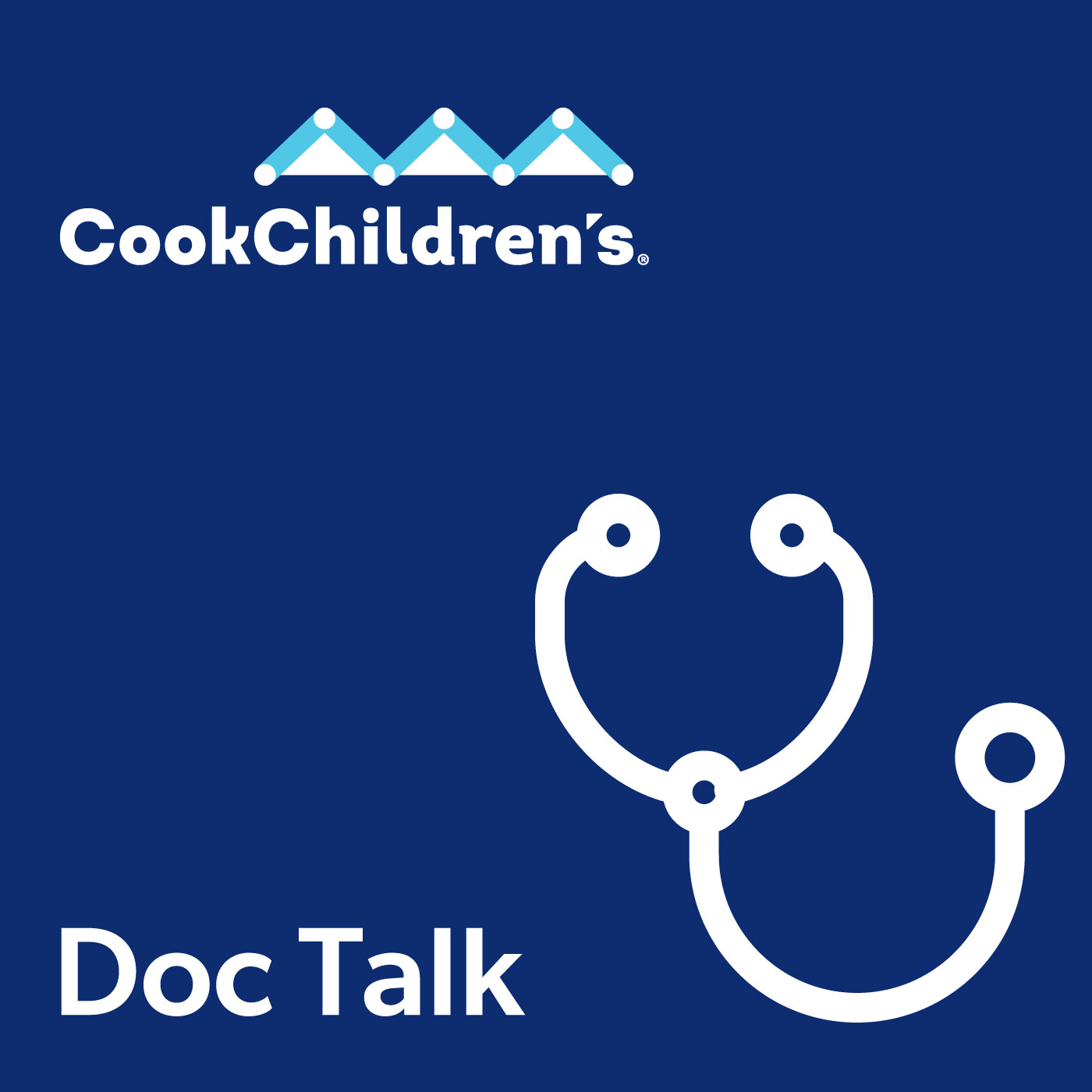Listen " New Dimensions in Pediatric Heart Surgery "
Episode Synopsis
Listen NowDr. Steve Muyskens, Medical Director, Cardiac MRI, 3-D aPPROaCH Lab, Cook Children's, takes us into the world of 3D heart printing. It’s a fascinating journey into how this advancing technology can take the guess work out of pediatric heart surgery, helping more young patients can thrive into adulthood.
Dr. Steve Muyskens
Related InformationCook Children's 3D aPPROaCH LabCardiac Magnetic Resonance ImagingCook Children's Cardiothoracic Surgery programCook Children's Endowed Chair ProgramCook Children's Heart Center
Transcript
00:00:02
Host: Hello and welcome to Cook Children's Doc Talk. Today we welcome Dr. Steve Muyskens, medical director of the Cardiac MRI program here at Cook Children's in Fort Worth, Texas. Dr. Muyskens, is an endowed chair supporting the expansion of our CMRI program and its diagnostic uses. He has since established the three-dimensional lab for the planning and printing of congenital heart disease, which uses advanced technology to support presurgical planning and family education for patients with complex heart conditions. He is our expert on this subject. So thank you for being with us today, Dr. Muyskens/
00:00:36
Dr. Muyskens: Thank you very much for the invitation.
00:00:38
Host: So what exactly is a 3D model? And what is the process for creating that model?
00:00:44
Dr. Muyskens So I think the important part is to kind of start with the patient. There are conditions with varying degrees of complexity that our current diagnostic modalities fall short in some manner. So those patients have long been difficult to manage. We started realizing that we can use technology like 3D printing and virtual 3D animation to help us better understand their condition. So when we identify that patient, whether it be an older patient who has already had some surgeries, or a newborn who has a very complex heart, who we're hoping to do an initial palliation, or surgical repair on, the first thing we decide is, what is the best modality to obtain the information that we would need to then use that technology. The two most commonly used technologies would be MRI, or cardiac CT. You can use rotational angiography in the cath lab, but that's much less commonly used. Once we have that selection made, the data is obtained by us obtaining a typical CT scan or a typical cardiac MRI. But then that data, which is in a raw form called DICOM. DICOM data is then moved to specialized software. And from there, I take that data, and we segment it is the term we use, basically manipulate that data and create a virtual model, essentially, from that information. That model can then be viewed either in the virtual space, so on a typical computer that you would flip around, but then again, you're still only in two dimensions you're looking at in a screen. So then typically, we move on to a 3D printing of that data. So the typical segmentation portion, or manipulation of the data, can vary from anywhere to two to 24 hours of time, depending on the complexity of the model. And then the printing on the actual 3D print...
 ZARZA We are Zarza, the prestigious firm behind major projects in information technology.
ZARZA We are Zarza, the prestigious firm behind major projects in information technology.
